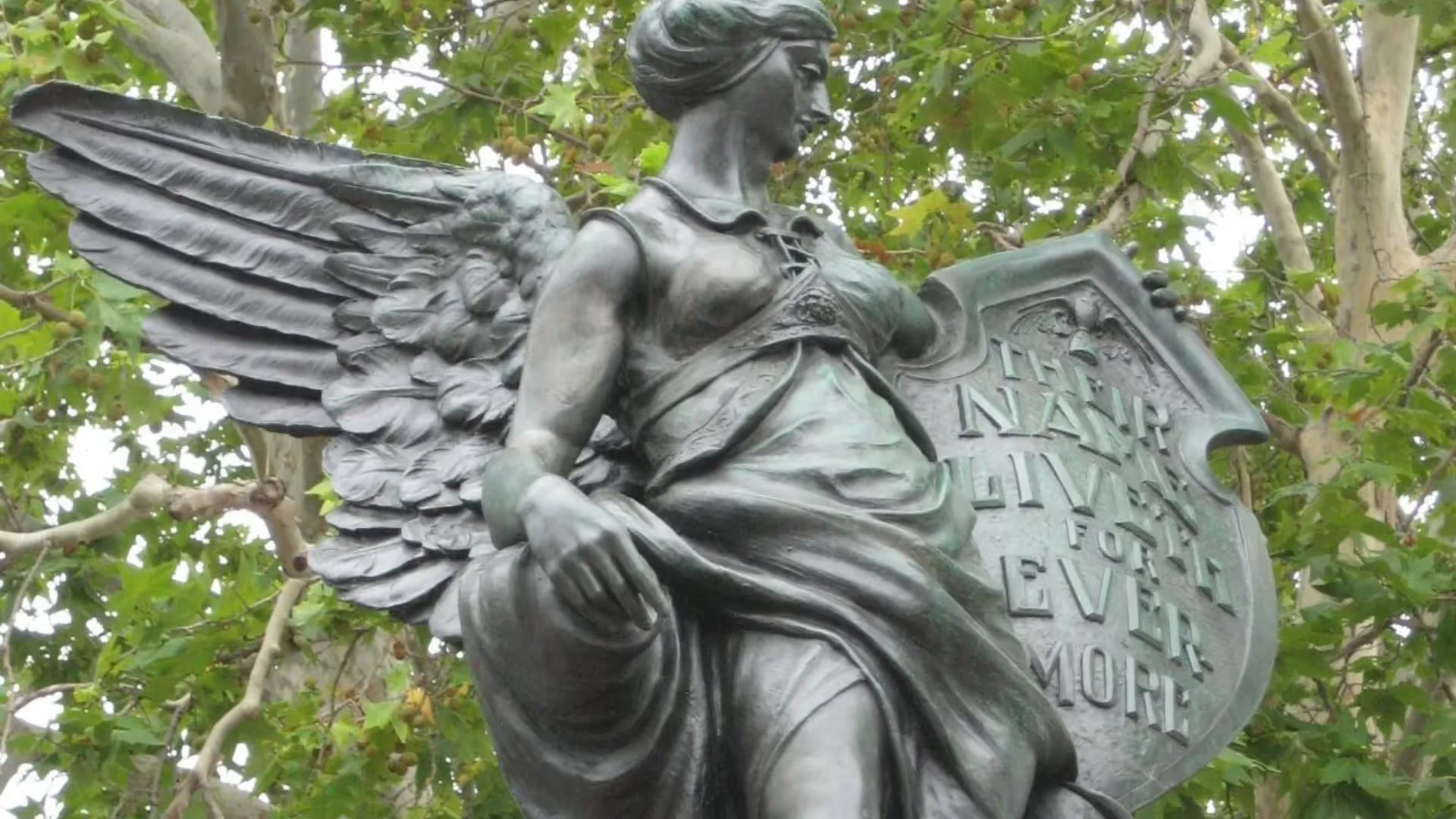Condition
In recent years, the room had been adapted as a Hungry Jacks outlet obscuring the significance of the artwork with fast food paraphernalia, unsympathetic room subdivision and degradation from built-up grease and dirt. In 2015 a fire broke out which destroyed large sections of 1906 plaster ceiling in the back-of-house kitchen area. Smoke and water damaged the 1950s wall mural in the public area.
Given the significance of the Melocco Brothers artwork, the fire incident presented an opportunity to fully restore the mural and sympathetically integrate it into a new tenancy fit-out.
The conservation treatment was undertaken in 2018 and was remarkably successful in retaining the patina of the plaster work whilst allowing the full impact of the artwork to be appreciated afresh.
The conservation works were part of a wider rejuvenation of food and beverage offerings on the main concourse at Central Station. Hospitality and food services company Delaware North – in collaboration with Sydney Trains – designed the new space, now known as 2000 Acres. The minimal luxury of the design blends well with the mid-century aesthetics and materiality to integrate and celebrate the railway artwork.
Other aspects of the project included extensive reconstruction of the fire-damaged 1906 decorative plaster ceiling in the back-of-house area and sympathetic adaptive re-use of the former Booking Hall (now known as Eternity Bar & Grill). Both spaces are accessible to the public.
This project demonstrates funding prioritisation of exceptionally significant features at Central Station. It also showcases best practice conservation and promotes public access to Melocco Brothers artwork. The intense conservation and the sympathetic fit-out design energised this space; its repair and conservation has fully restored, sharpened and brightened this imposing creation. The Melocco Room is truly a hidden gem of Central Station, and indeed Sydney itself
Treatment
ICS embarked on extensive conservation work to carefully remove years of surface dirt and recent smoke and water damage. The conservation methodology required delicate and painstaking cleaning by specialists at ICS. Treatment included:
- Cleaning the surface with brush vacuum
- A deep clean with molecular trap sponges
- A wet clean using minimal water to limit damage to the porous surface using a Ph7 detergent
- A selective solvent clean to remove deep dirt ingress
- Poulticing of areas of staining
- Inpainting losses in the fine line work
- Application of a protective wax coating
Before treatment
After treatment












